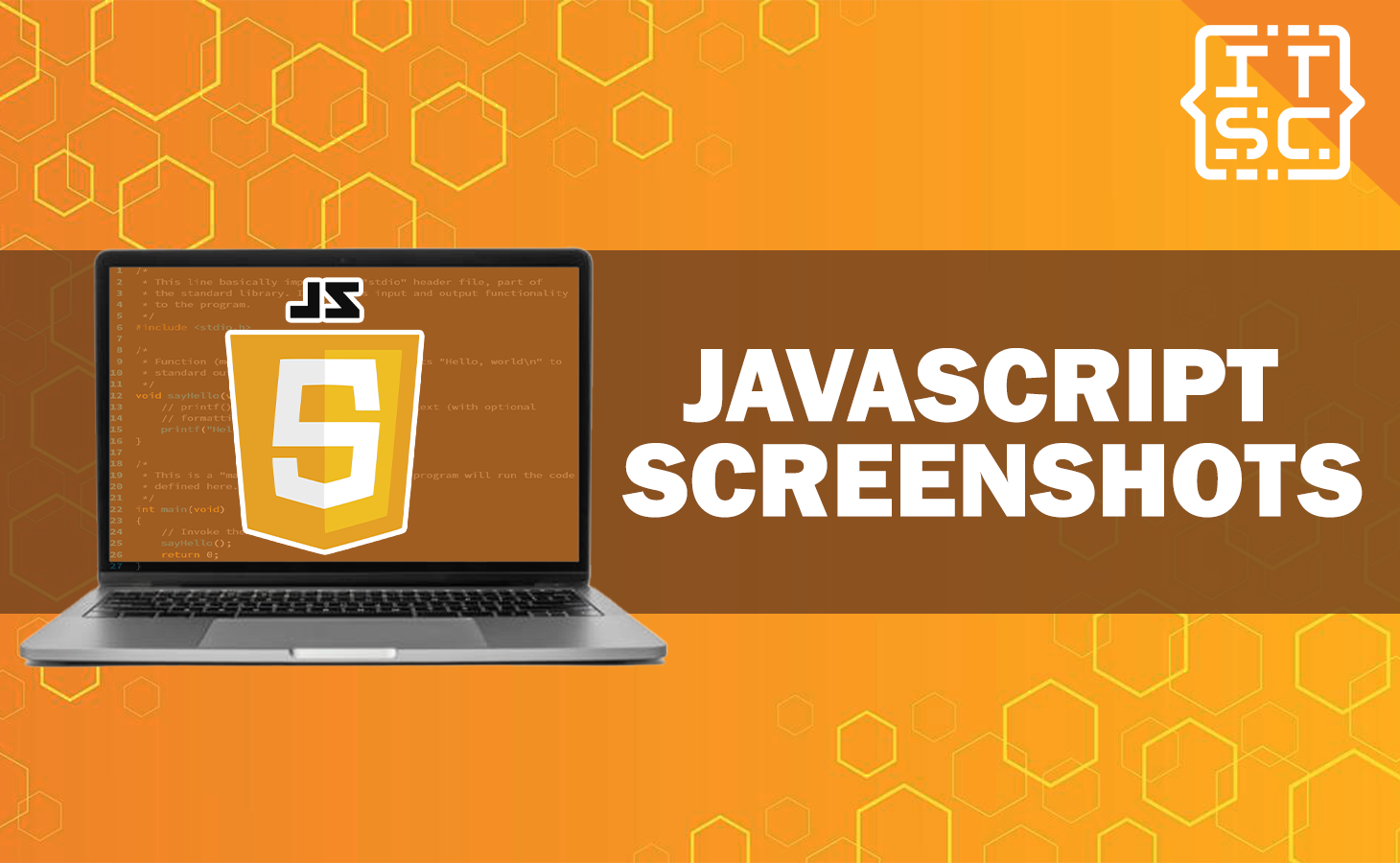In this article, we will discuss the ins and outs of this engaging topic, providing you with the knowledge and tools needed to excel in this domain.
Where visual content plays an important role in communication, capturing screenshots is a skill worth mastering.
When it comes to web development, JavaScript has become the go-to programming language for creating interactive and dynamic web pages.
What if we told you that you can smoothly combine the power of JavaScript with the art of capturing screenshots? Welcome to the world of “JavaScript Screenshot”.
What is JavaScript Screenshots?
Before we move into the specifics, let’s start with the basics. What exactly is a JavaScript screenshot?
A JavaScript screenshot refers to the process of using JavaScript code to capture an image of a web page, including its visible content and, in some cases, the entire page, even the parts hidden below the fold.
The Power of JavaScript Screenshot
JavaScript screenshotting provides a myriad of benefits that can be used for different purposes.
Here are some of the key advantages:
- Dynamic Content Capture:
- Unlike traditional screenshot methods, JavaScript enables you to capture web pages with dynamic content that loads after the initial page load.
- Customization:
- You can customize your screenshot capture to include specific elements, exclude unwanted parts, or even capture different views of the same page.
- Automation:
- Screenshotting can be automated, making it a valuable tool for tasks like website monitoring, testing, and documentation.
- Accuracy:
- By using JavaScript, you ensure that your screenshots accurately represent the web page, including any interactive elements or changes triggered by user actions.
Art of Capturing JavaScript Screenshots
To capture JavaScript screenshots manually, follow these steps:
- Open the Web Page:
- Navigate to the web page you want to capture in a compatible browser.
- Inspect Element:
- Right-click on the area you want to capture and select “Inspect” to open the browser’s developer tools.
- Disable JavaScript:
- In the developer tools, find the option to disable JavaScript. This will freeze the dynamic elements on the page.
- Capture Screenshot:
- Use the browser’s built-in screenshot tool or a screenshot application to capture the frozen web page.
- Re-enable JavaScript:
- After capturing the screenshot, don’t forget to re-enable JavaScript if necessary.
Tools for Capturing JavaScript Screenshots
While manual methods are effective, they may not be practical for capturing multiple screenshots or complex interactions.
Fortunately, there are several tools available to integrate the process.
1. Puppeteer
Puppeteer is a Node.js library that offers a high-level API to control headless browsers.
It’s excellent for automating screenshot capture and provides precise control over the rendering process.
2. Playwright
Playwright is a powerful automation library that supports multiple browsers, including Chromium, Firefox, and WebKit. It’s known for its speed and reliability in capturing screenshots.
3. Selenium WebDriver
Selenium WebDriver is a popular options for automating browser actions, including capturing screenshots. It supports different programming languages, making it functional for developers.
Best Practices for JavaScript Screenshot Capture
Capturing JavaScript screenshots effectively requires attention to detail and attachment to best practices.
Timing is Crucial
Make sure that you capture screenshots at the right moment. Wait for elements to load and animations to finish before taking the screenshot.
Full-Page Screenshots
Consider capturing full-page screenshots to preserve the entire web page’s content, especially if it’s lengthy or requires scrolling.
Image Format
Save your screenshots in a proper image format, such as PNG or JPEG, depending on your quality and compression requirements.
Error Handling
Implement error-handling mechanisms in your screenshot automation scripts to handle unexpected issues gracefully.
FAQs
Automation tools like Puppeteer and Playwright allow you to interact with and capture pop-up elements. You can use their APIs to navigate and capture the content within pop-up windows.
You can embed screenshots in your documentation by saving them as image files and then inserting them into your documentation software or content management system.
Yes, both Puppeteer and Playwright are open-source and free to use. They provide powerful capabilities for capturing screenshots without any cost.
Conclusion
Mastering the Art of Capturing JavaScript Screenshots is important for developers, testers, and anyone involved in web development and documentation.
Whether you select to capture screenshots manually or use automation tools, understanding the complexity of JavaScript-driven web pages will ensure you produce accurate and visually appealing snapshots.
By following best practices and using the right tools, you’ll be well-equipped to understand any screenshot capture challenge.

